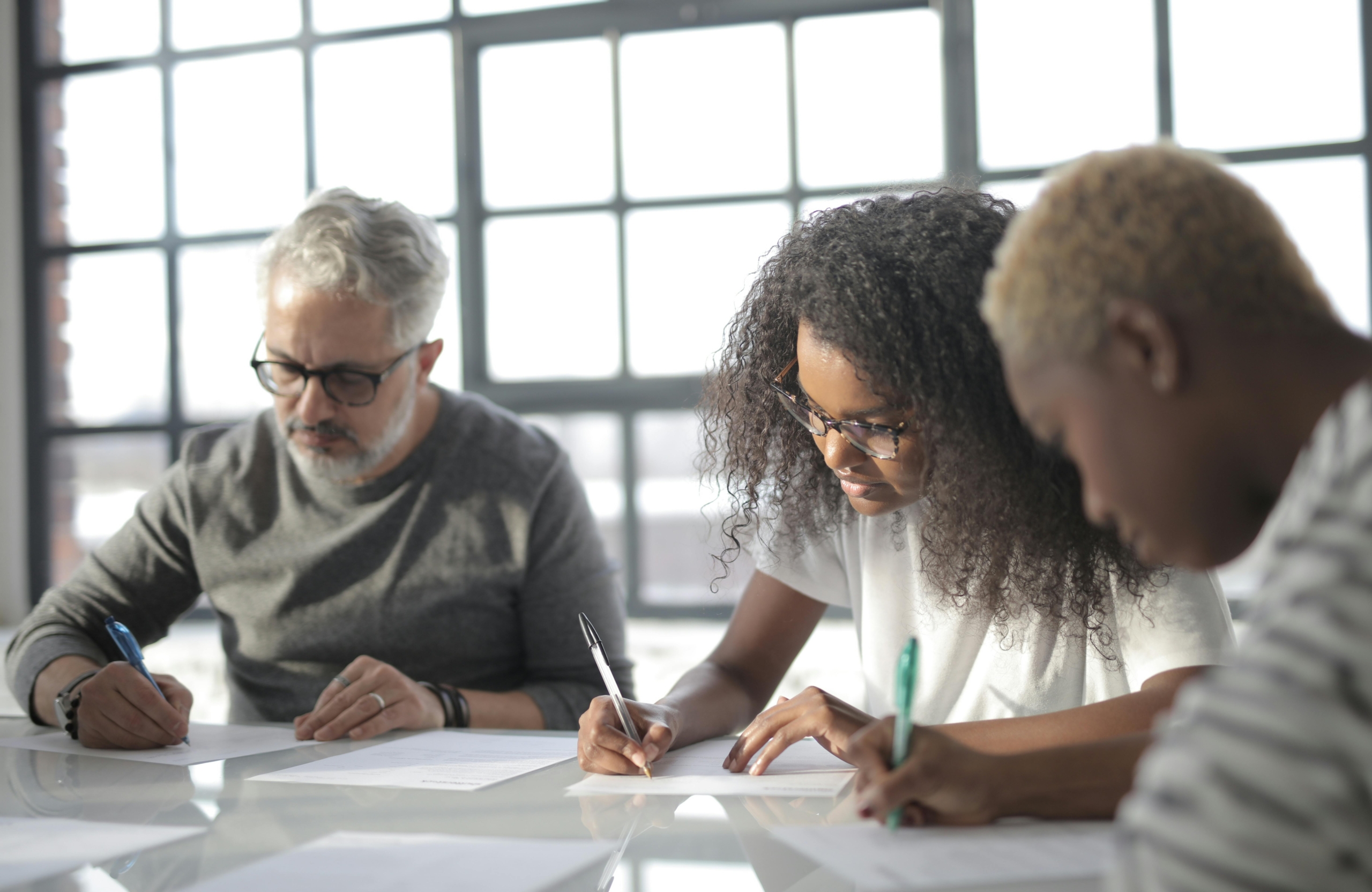 Hello everyone, my name is Raysa (hi-e-sa) Marcondes and I am very excited to have the opportunity to meet you and work together through Schulich’s English Language Peer Support (ELPS) Program. I have a bachelor’s degree in Communications with a major in journalism from MacEwan University in Edmonton, and I am currently in my second year of the joint JD/MBA Program.
Hello everyone, my name is Raysa (hi-e-sa) Marcondes and I am very excited to have the opportunity to meet you and work together through Schulich’s English Language Peer Support (ELPS) Program. I have a bachelor’s degree in Communications with a major in journalism from MacEwan University in Edmonton, and I am currently in my second year of the joint JD/MBA Program.
I welcome you to schedule a session with myself or one of my excellent fellow peer supporters if you have questions about citation, grammar, punctuation, sentence structure, etc. We are here and eager to help!
Below I have included some tips about citation, and how to get started.
Citation tips: Start early and be diligent
It will be easy to tell yourself that you can always cite that source or fix your citations later but be careful! Lots of things can happen between now and the deadline of your paper, and there is truly no worse feeling than frantically racing the clock to finish your citations or worse, accidentally forgetting to properly cite a source.
A strategy I implemented to avoid this was to start formatting my citations at the research stage. I’ve included a brief overview of my research and citation process here, but please don’t hesitate to contact me if you have questions.
My process:
- I check what the required citation guide is for this assignment. (At Schulich you will mostly use the APA citation guide, but other programs might request or require that you use a different citation guide (MLA or Chicago)).
- I create a research document for my paper.
- I do research on my topic (using google, google scholar, OMNI), and copy over any promising article/resource links to the google document. Essentially creating a list of sources to read later.
- When I have time, I read through each article from the list that I created earlier. As I read, I begin to weed out the articles or source materials I know I won’t use from the ones I will. Those that don’t make the cut, get deleted from the list.
- For the sources that I will keep and use, I create the proper and complete APA citation for that source immediately, before reading any further. This will save you time later, trust me.
- Next, as I continue reading through the article, the one that I just created the proper citation for, I pick out any quotes/information that I think may use in my paper. I make sure to put quotation marks around the quoted material, as well as the page/paragraph number where I found it.
- Repeat steps 5 and 6 for each article you might use until you’re satisfied you’ve done enough research.
Once you’re satisfied (or have the required number of sources for the assignment) you’ll be left with a tidy research document that contains the proper citation for each of your sources, as well as a list of quotes from each with all the information you need to properly cite it within your paper.
I’m sure this seems like a lot of work but think of it as an initial investment of your time that will not only save you time later on but will give some assurance that everything is quoted and cited.
I find that formatting the quotes I might use from the start (meaning that I’ve already put quotation marks and the in-text citation), makes it very easy to plop them into place in my paper. From there it is very quick and easy to copy over the already completed APA citation of each source that you used in your paper from your research document into your Works Cited or References page. Be sure to arrange them alphabetically!
So long as I am diligent about properly citing from the beginning, I never worry that I missed a citation or improperly cited a quote. Hopefully reading about my citation process helped you see the benefit in formatting your citations early and staying diligent! Don’t hesitate to reach out if you have any questions – I am always happy to help.
Citation resources
Here is a quick list of links to citation guides and resources that you might find helpful.
- Spark: Student Paper & Academic Research Kit
- A basic guide on APA citation from Yorku.
- The York University library’s guide on how to use the citation generator Zotero. (always be sure to check over any app’s citation before submitting your paper)
- Purdue Online Writing Lab: APA citation style guide (7th Edition)





Leave A Comment